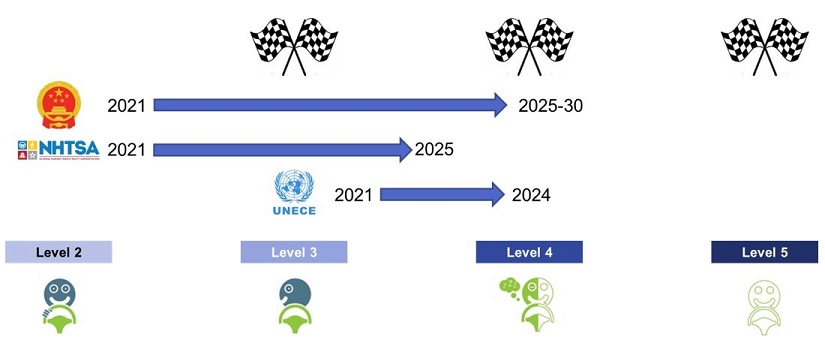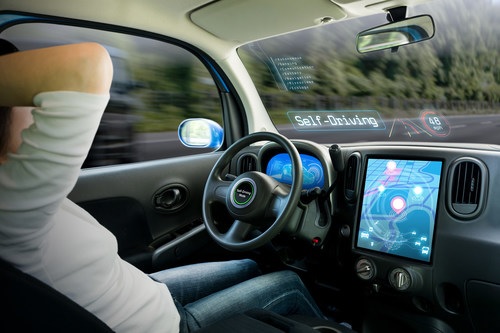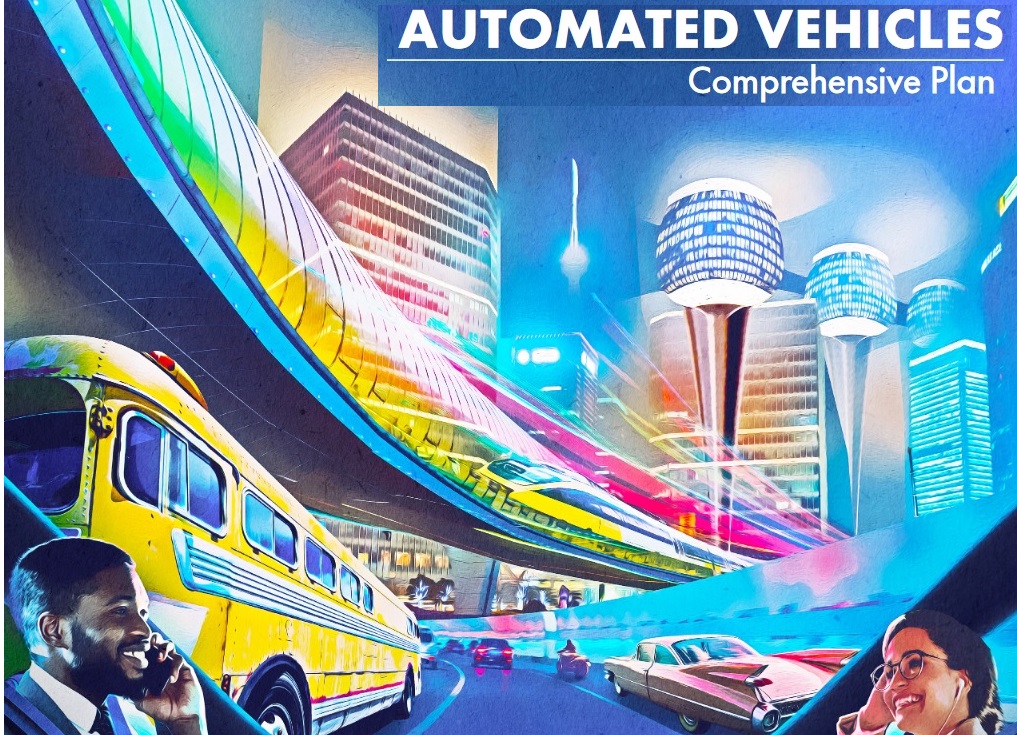Features
Nearly two-thirds of consumers are "sustainability-minded drivers," rating themselves as very or extremely environmentally concerned, which will require automakers to evolve their offerings to meet increased demand for automotive sustainability, according to a report by Accenture, Busting Automotive Sustainability Myths ...
Level 3 autonomous vehicle technology has been ready since 2017 — so where are the autonomous vehicles? The answer lies in unclear liability rules, which have turned out to be a massive headache for automakers like Audi, Tesla, GM, Mercedes, and others, according to the new IDTechEx report, Autonomous Cars, Robotaxis & Sensors 2022-2042 ...
A growing number of connected electric vehicles, as well as the evolution of self driving and automated vehicles are putting a greater demand on processing power, according to according to experts at BrainChip Holdings. These automotive systems rely heavily on Artificial Intelligence and Machine Learning (AI/ML) to train an increasing number of sensors, components, image and video processors in each vehicle ...
Frost & Sullivan's recent analysis of the global autonomous driving industry, finds that original equipment manufacturers (OEMs) and value chain partners are streamlining their strategies, capital investments, and product roadmap to develop and deploy region- and segment-specific partial and highly automated vehicles. By 2025, one in five cars in developed regions will offer one or more Level 2 (L2) features ...
Cyberattacks based on security or software flaws are certainly common, but the easiest path for a cyber attacker to follow is gaining physical access to a part of a desired system. Executive Order 14005, also known as "Made in America," acknowledges this significant risk and mandates greater scrutiny of the origin of computer hardware and its associated supply chain ...
Transportation and energy are becoming increasingly intertwined, opening new opportunities for operators to decarbonize their fleets, build energy resilience, and economize the cost of power. The benefits of ZEV are clear, and market momentum is increasing. Now is the time for fleet operators to start mapping out how to accelerate clean, sustainable, and cost-efficient transportation and energy in our communities ...
Mobility Open Blockchain Initiative (MOBI) members, such as DENSO and Ford, are among many that teamed up to create standards for permissioning, validating, and sharing data in automation networks for connected mobility ...
The US Department of Transportation released the Automated Vehicles Comprehensive Plan (AVCP), which outlines the department’s robust multimodal strategy to promote collaboration and transparency, modernize the regulatory environment, and prepare the transportation system for the safe integration of Automated Driving Systems (ADS) ...
The US Department of Transportation’s National Highway Traffic Safety Administration (NHTSA) announced the expansion of the Automated Vehicle Transparency and Engagement for Safe Testing (AV TEST) Initiative from a pilot to a full program ...
Smart AI-based cameras enable an increasing number of low latency mission-critical machine vision applications like pedestrian detection and alerting, and real-time surveillance in the Intelligent Transportation Systems (ITS) and the wider Smart Cities markets. Traffic management applications include adaptive traffic lights, vehicle prioritization and preemption, parking access and detection, and electronic tolling. According to global tech market advisory firm ABI Research, shipments of smart AI-based ITS cameras are expected to grow from around 33,000 in 2020 to more than 155,000 in 2025 ...











